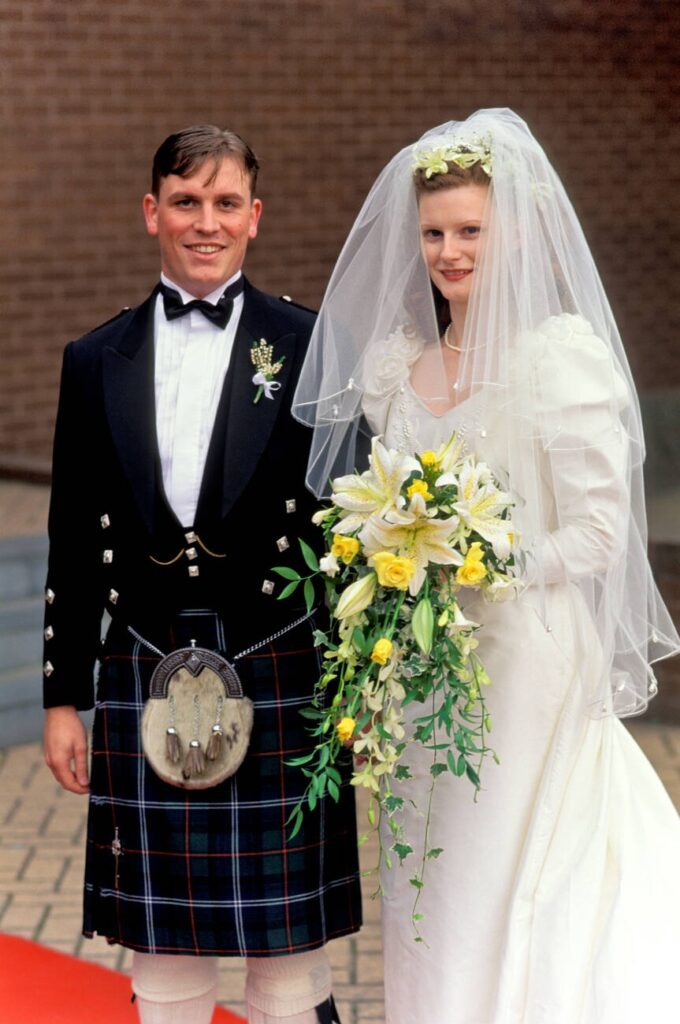Scottish people wear kilts at Weddings:
Scottish people wear kilts to honor their heritage, symbolize family ties through unique tartans, preserve tradition, and add elegance to special occasions like weddings.
Bright threads of tradition and heritage weave together to form Scotland’s cultural tapestry, with the iconic kilt at the centre of many celebrations, especially weddings.
The kilt is more than just a garment; it is a representation of pride, heritage, and time-honoured customs, which makes it profoundly and significantly relevant at Scottish weddings.
Historical and Cultural Foundations
The kilt has been an essential component of Scottish culture for centuries. At first worn by Highlanders as a useful article of clothing, its pattern and design changed over time to become symbols of clan identities.
A distinctive design on the kilt, the tartan symbolizes the wearer’s family history, with a different design for each clan. Because of this connection to heritage and ancestry, many grooms choose to wear a kilt at their weddings a symbol of their ties to their family’s past.
Symbolic Association

The choice of tartan is intentional and symbolic when it comes to weddings. It connects the groom’s past and present by symbolizing his ties to his family and clan. The Scottish people wear kilts at wedding to signify the union of two families as well as to honour his heritage. The wedding party’s wearing of kilts highlights their common heritage and togetherness even more.
Preserving Traditions Dating Back Centuries
Wearing kilts at a wedding is an active way to preserve Scotland’s rich cultural legacy rather than just paying homage to tradition. These rituals are the living expression of traditions that have passed down through the years. The Scots ensure that the legacy and rituals of their ancestors live on, honoring the tenacity and history of their people, by carrying on the kilt tradition.
Elegant Grace and Aesthetic Appeal
Beyond its cultural significance, the kilt gives the wedding day a special elegance and grandeur. The rich hues and elaborate designs add to the overall grandeur, making the event seem more special. The groom and his entourage, dressed in kilts, stand out among the festivities with a refined and classic charm.
Continuity and Cultural Identity
Scotland’s cultural identity demonstrate by the fact that Scottish people wear kilts at weddings. It’s a means of encouraging a sense of pride and a connection to one’s heritage in the next generation. By upholding this tradition, Scottish culture will continue to the traditions and values of the past, guaranteeing their survival for future generations.
Closing Thoughts: Honoring Tradition in Harmony
The kilt is more than just a piece of apparel in the context of a Scottish wedding; it’s representation of pride, unity, and identity. Its presence preserves customs that have stood the test of time, honours ancestry, and celebrates unity. At Scottish weddings, kilts symbolize a moving blend of the old and the new, capturing the spirit of a rich cultural heritage and producing an elegant and ageless spectacle.
